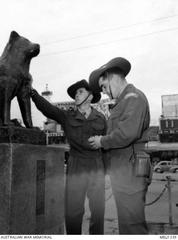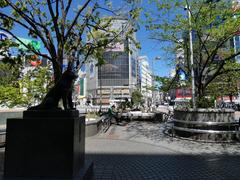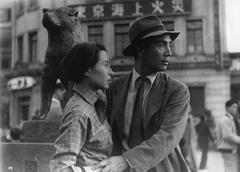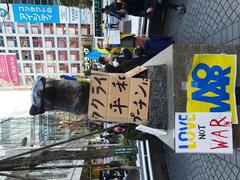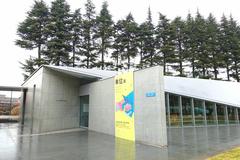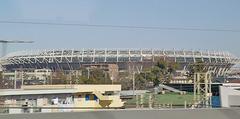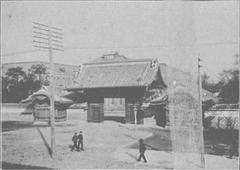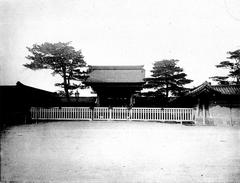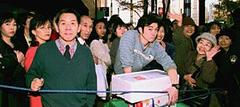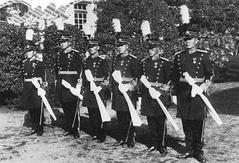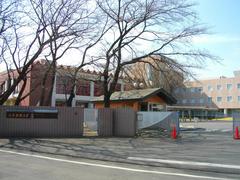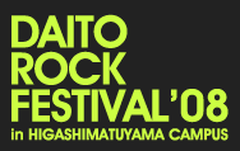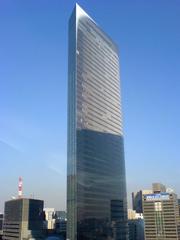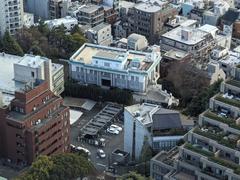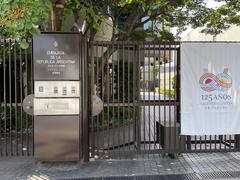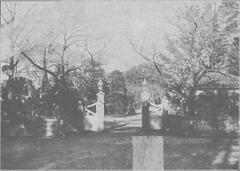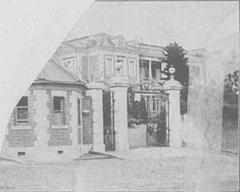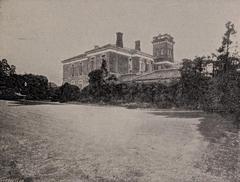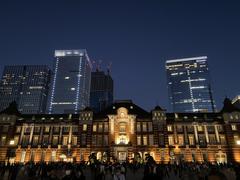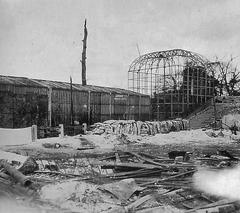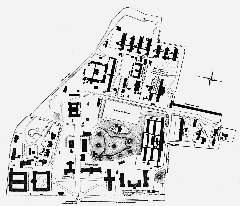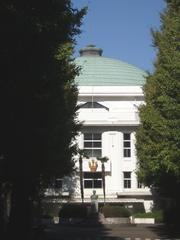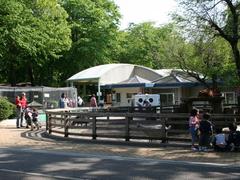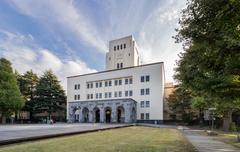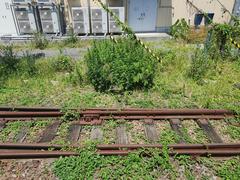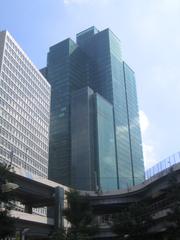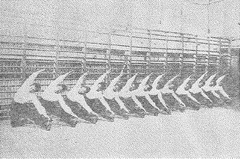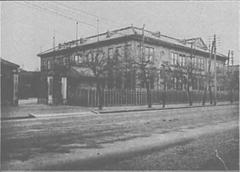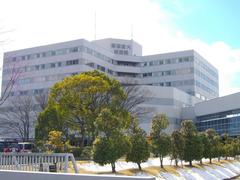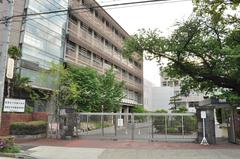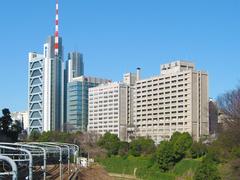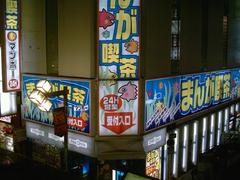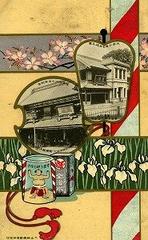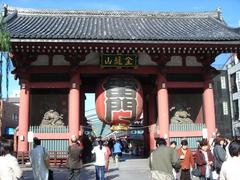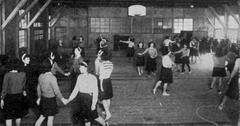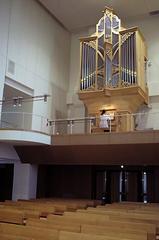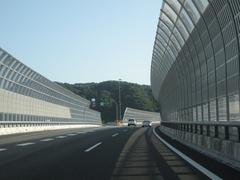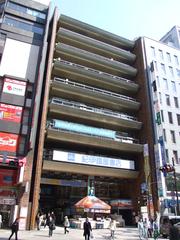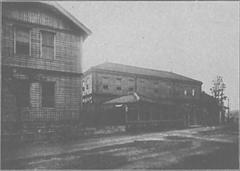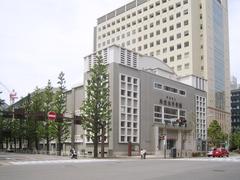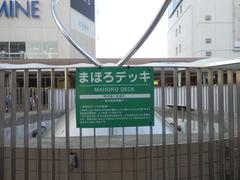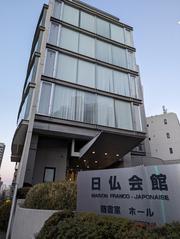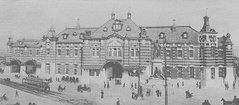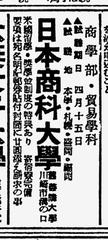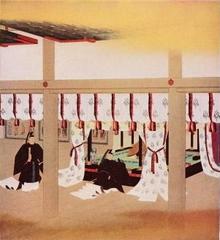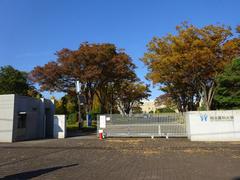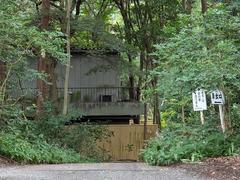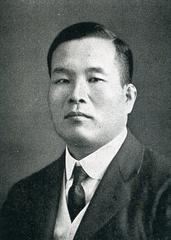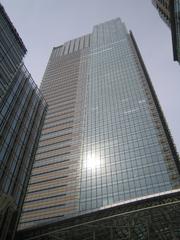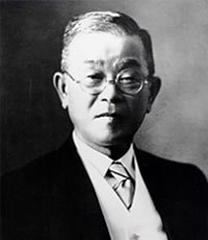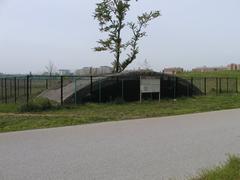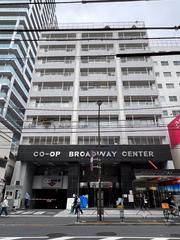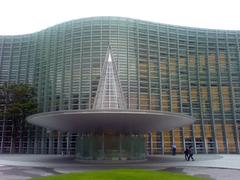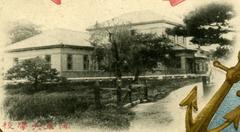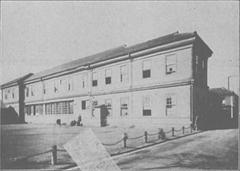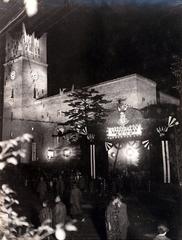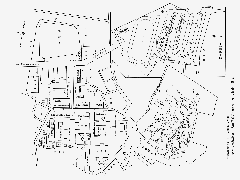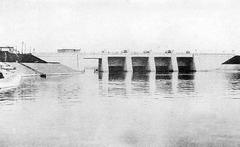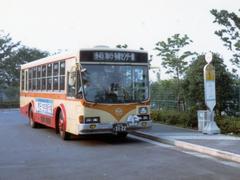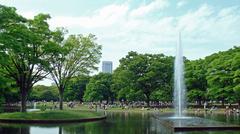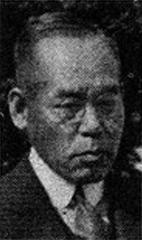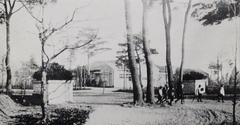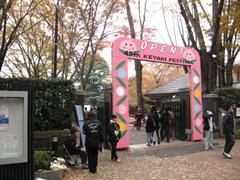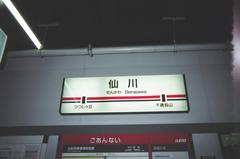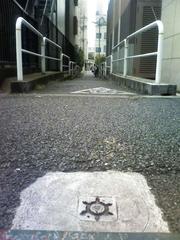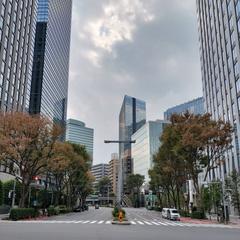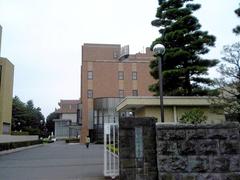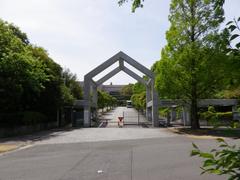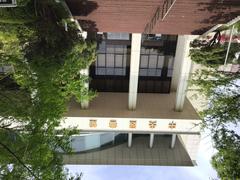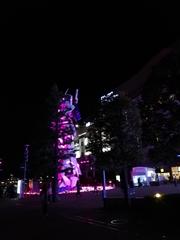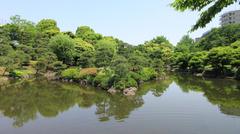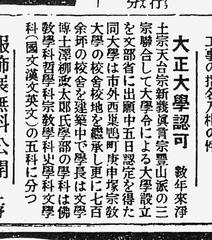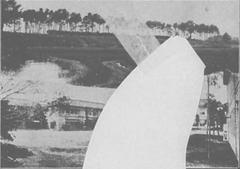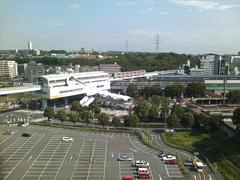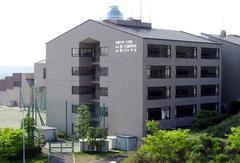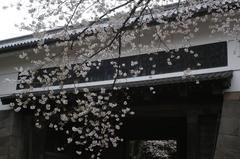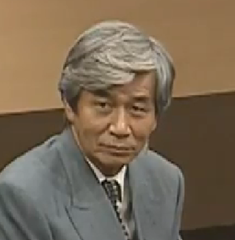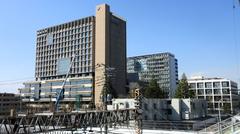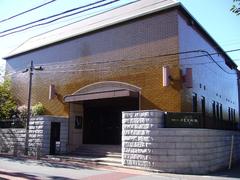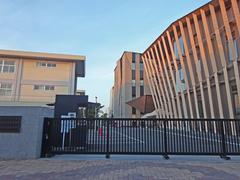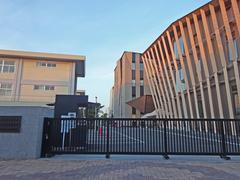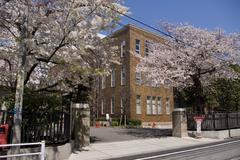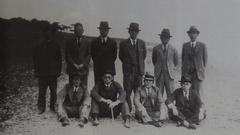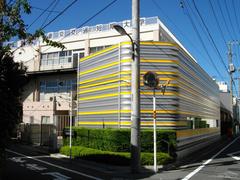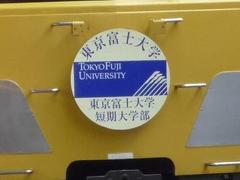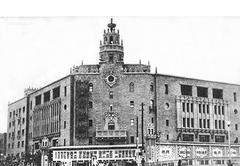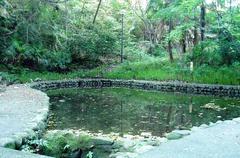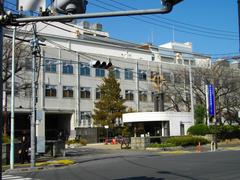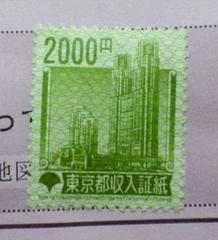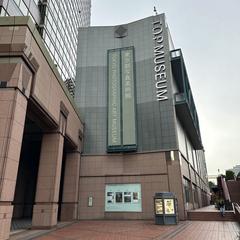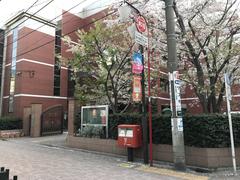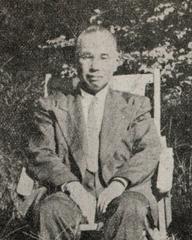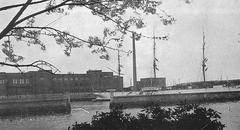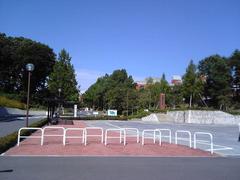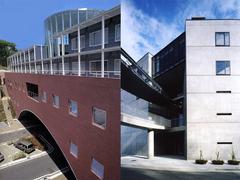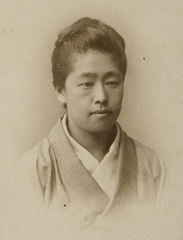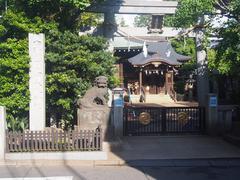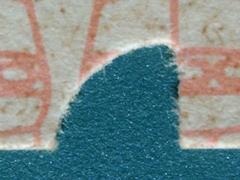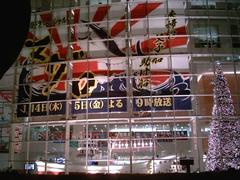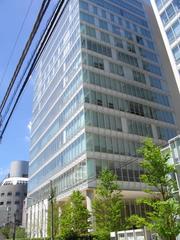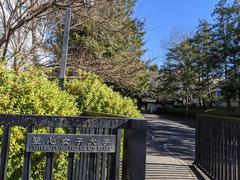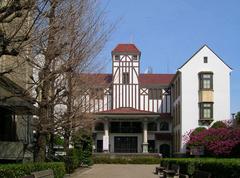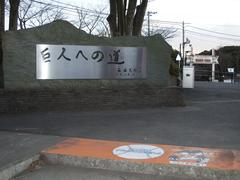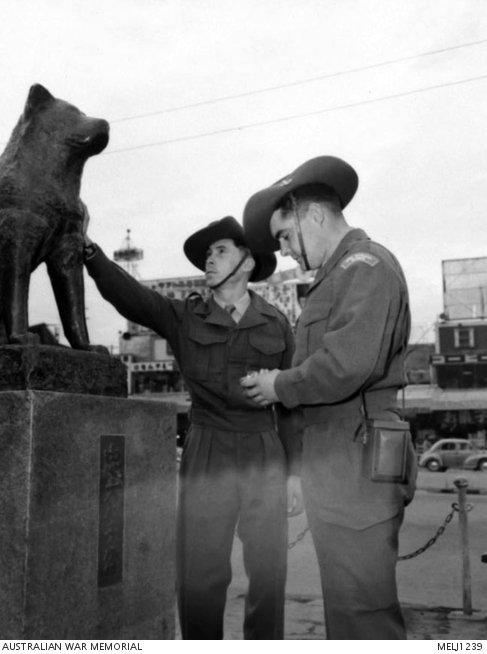
Guide to Visiting Hachiko Square, Tokyo, Japan
Date: 17/07/2024
Introduction
Hachiko Square, situated in the heart of Tokyo’s vibrant Shibuya district, is a landmark that embodies both historical significance and modern-day cultural relevance. Named after the loyal Akita dog, Hachiko, the square has evolved from a simple meeting point to a bustling hub that attracts tourists from around the world. The story of Hachiko, who waited nearly ten years at Shibuya Station for his deceased owner, Professor Hidesaburo Ueno, has resonated deeply with people, symbolizing unyielding loyalty and devotion (Tokyo Metropolitan Government, Japan National Tourism Organization).
Today, Hachiko Square stands adjacent to the iconic Shibuya Crossing, one of the busiest pedestrian intersections globally. This area serves as a microcosm of Tokyo’s dynamic blend of tradition and modernity. The bronze statue of Hachiko, initially erected in 1934 and re-installed in 1948 after being melted down during World War II, remains a focal point, offering a poignant reminder of the past amid the ever-evolving urban landscape (Shibuya City Office, Shibuya Scramble Square).
Visitors to Hachiko Square can experience a unique blend of historical reflection and contemporary culture. The area is a hub of activity, surrounded by shopping malls, entertainment venues, and countless dining options. Annual events, such as the commemoration of Hachiko’s death on April 8th, continue to draw crowds, honoring the enduring legacy of this loyal dog (Shibuya Ward Office).
Table of Contents
- [Introduction](#introductionintroduction)
- [Discover the History and Cultural Significance of Hachiko Square in Shibuya, Tokyo](#discover-the-history-and-cultural-significance-of-hachiko-square-in-shibuya-tokyodiscover-the-history-and-cultural-significance-of-hachiko-square-in-shibuya-tokyo)
- [Origins and Early History](#origins-and-early-historyorigins-and-early-history)
- [The Statue of Hachiko](#the-statue-of-hachikothe-statue-of-hachiko)
- [Post-War Development](#post-war-developmentpost-war-development)
- [Modern Significance](#modern-significancemodern-significance)
- [Cultural Impact](#cultural-impactcultural-impact)
- [Annual Commemorations](#annual-commemorationsannual-commemorations)
- [Architectural and Urban Development](#architectural-and-urban-developmentarchitectural-and-urban-development)
- [Visitor Experience](#visitor-experiencevisitor-experience)
- [Practical Visitor Information](#practical-visitor-informationpractical-visitor-information)
- [Preservation Efforts](#preservation-effortspreservation-efforts)
- [Conclusion](#conclusionconclusion)
- [References](#referencesreferences)
Discover the History and Cultural Significance of Hachiko Square in Shibuya, Tokyo
Origins and Early History
Hachiko Square, located in the bustling Shibuya district of Tokyo, Japan, is named after the loyal Akita dog, Hachiko. The story of Hachiko dates back to the early 20th century. Hachiko was born in 1923 and was adopted by Hidesaburo Ueno, a professor at the University of Tokyo. Hachiko would wait for Ueno at Shibuya Station every day, even after Ueno’s sudden death in 1925. Hachiko continued to wait for his owner for nearly ten years until his own death in 1935. This unwavering loyalty captured the hearts of the Japanese people and led to the creation of Hachiko Square.
The Statue of Hachiko
In 1934, a bronze statue of Hachiko was erected at Shibuya Station, with Hachiko himself present at the unveiling ceremony. This statue became a symbol of loyalty and fidelity, attracting both locals and tourists. The original statue was melted down during World War II for its metal, but a new statue was commissioned and installed in 1948. The statue of Hachiko remains a popular meeting point and a significant cultural landmark in Tokyo. (Tokyo Metropolitan Government)
Post-War Development
After World War II, Shibuya underwent significant redevelopment, transforming from a quiet residential area into a bustling commercial and entertainment district. Hachiko Square became a central hub in this transformation. The area around Shibuya Station, including Hachiko Square, saw the construction of numerous department stores, cinemas, and restaurants, making it a vibrant part of Tokyo’s urban landscape. The square’s location at one of the busiest railway stations in Tokyo further cemented its status as a key meeting point and cultural icon. (Japan National Tourism Organization)
Modern Significance
Today, Hachiko Square is not only a tribute to the loyal dog but also a symbol of Shibuya’s dynamic and ever-evolving nature. The square is adjacent to the famous Shibuya Crossing, one of the busiest pedestrian crossings in the world. This area is a microcosm of Tokyo’s blend of tradition and modernity, where the story of Hachiko coexists with the latest trends in fashion, technology, and entertainment. The square and its surroundings are a testament to Tokyo’s ability to honor its past while embracing the future. (Shibuya City Office)
Cultural Impact
The story of Hachiko has been immortalized in various forms of media, including books, movies, and television shows. The 1987 Japanese film “Hachiko Monogatari” and the 2009 Hollywood adaptation “Hachi: A Dog’s Tale” starring Richard Gere brought international attention to Hachiko’s story. These adaptations have contributed to the global recognition of Hachiko Square and have made it a must-visit location for tourists from around the world. (IMDb)
Annual Commemorations
Every year on April 8th, a ceremony is held at Hachiko Square to commemorate Hachiko’s death. This event, organized by the Shibuya Ward Office and various animal welfare organizations, attracts numerous visitors who come to pay their respects to the loyal dog. The ceremony includes speeches, floral tributes, and sometimes even the presence of Akita dogs, celebrating the enduring legacy of Hachiko. (Shibuya Ward Office)
Architectural and Urban Development
The area around Hachiko Square has seen continuous architectural and urban development. The Shibuya Station area is undergoing a massive redevelopment project, known as the Shibuya Scramble Square project, which includes the construction of new skyscrapers, shopping complexes, and public spaces. Despite these modern developments, the statue of Hachiko remains a focal point, seamlessly integrating the old with the new. (Shibuya Scramble Square)
Visitor Experience
For visitors, Hachiko Square offers a unique blend of historical significance and contemporary urban culture. The square is surrounded by numerous attractions, including the Shibuya 109 shopping mall, the Shibuya Center-gai shopping street, and various entertainment venues. The area is also known for its vibrant nightlife, with countless bars, clubs, and restaurants catering to a diverse crowd. Visitors can experience the energy of Shibuya while reflecting on the touching story of Hachiko. (Tokyo Convention & Visitors Bureau)
Practical Visitor Information
- Visiting Hours: Hachiko Square is open 24/7, making it accessible at any time of the day or night.
- Tickets: There is no admission fee to visit Hachiko Square.
- Accessibility: The square is wheelchair accessible and well-connected by public transportation.
- Nearby Attractions: Shibuya Crossing, Shibuya 109, Center-gai, and various restaurants and bars.
- Special Events: Annual commemorations on April 8th and various seasonal events.
- Guided Tours: Available through the Tokyo Convention & Visitors Bureau and other local tour operators.
- Photographic Spots: The statue of Hachiko, Shibuya Crossing, and panoramic views from nearby skyscrapers.
Preservation Efforts
Efforts to preserve the legacy of Hachiko and the historical significance of the square are ongoing. Local authorities and community organizations work together to maintain the statue and the surrounding area. Educational programs and guided tours are also available, providing visitors with deeper insights into the history and cultural importance of Hachiko Square. These initiatives ensure that the story of Hachiko continues to inspire future generations. (Tokyo Guide)
Conclusion
Hachiko Square stands as a poignant reminder of loyalty and love, deeply embedded in the cultural fabric of Tokyo. Its history, from the early 20th century to the present day, reflects the dynamic evolution of Shibuya and Tokyo as a whole. As a site of historical and cultural significance, Hachiko Square continues to attract visitors from around the world, offering a unique glimpse into the heart of Tokyo.
For visitors, Hachiko Square offers a unique opportunity to experience a blend of historical significance and contemporary urban culture. Whether you are there to pay homage to Hachiko, capture the perfect photograph at Shibuya Crossing, or explore the myriad of nearby attractions, the square provides a rich and engaging experience. Preservation efforts and annual commemorations ensure that the legacy of Hachiko remains an integral part of Tokyo’s cultural fabric, inspiring both locals and tourists alike (Shibuya City Office, Japan Guide).
Plan your visit to Hachiko Square to discover the unique blend of history and modernity that makes this landmark a must-see destination in Tokyo.
